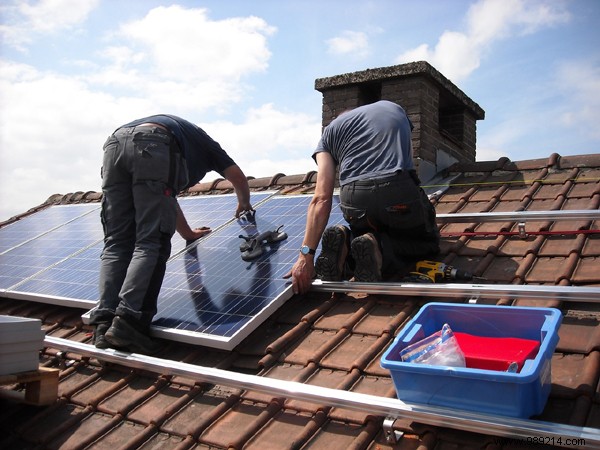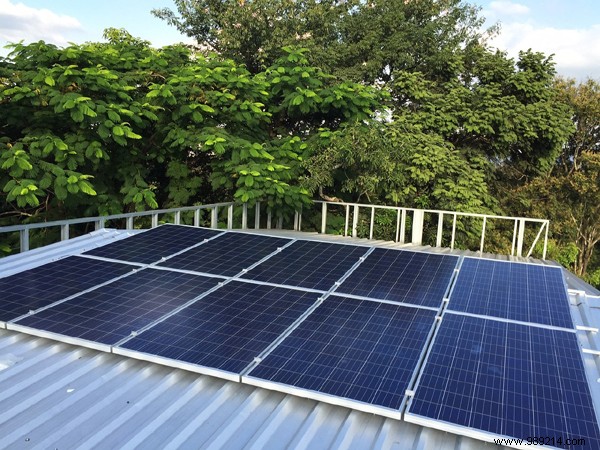
Enjoying free energy, who doesn't dream of it? But before placing an order, it is still necessary to determine whether such a project is actually profitable.
The photovoltaic panels attract enormously because of the promises made by manufacturers. What is it in reality? What are the benefits of such an installation?
Since the popularization of green energies and the launch of campaigns for low-carbon operation, the rating of solar panels has rapidly increased. However, faced with the particularly high price of the installation, many wonder if this solution is actually profitable. Especially since today, the tax benefits relating to these devices have been reduced or even eliminated. In fact, it all depends on each household. In some cases it can be profitable, in other cases not.
To calculate depreciation, let’s take an example. Let's imagine a couple that needs an electrical power of 3kWp (kiloWatt peak). The total price for installing the panels is 11,000 euros (estimated rate for 2015). To this price, we must possibly add the cost of connection which is set at a maximum of 1,000 euros. If we calculate what will be billed to EDF, the profits made during the first year are 1,200 euros. It therefore takes at least 10 years to make the investment profitable.
For the project to be interesting, it is important to choose the right types of solar panels. Their power depends on a number of factors such as the surface or the material. In principle, three choices of solar panels are offered to consumers. First, there is the amorphous model. The latter is not very expensive but it is not recommended for private use because its power is relatively low when placed on the roof.
Secondly, we find the polycrystalline model which provides an average yield of 145 Wp per m2. This solution is recommended for those looking for a power between 3 and 9 kWp. Finally, there is the monocrystalline model which is much more expensive but which offers up to 155 Wp/m2.

To easily amortize the photovoltaic installation, it is better to make smart choices from the start. Why not opt for aerovoltaics, for example? It is a device combining the technology of thermal solar panels producing heating and that of photovoltaic panels which provide electricity. This device is thus made up of two faces which have four functions.
It ensures the production of electricity with increased performance since aerovoltaics can increase electricity production by up to 10%. It also saves up to 50% on heating. The heat that is lost under the panels is recovered and reused. The energy bill of the house decreases considerably. In winter, warmth is brought and in summer, a refreshing atmosphere is established. Thanks to the insufflation, the ventilation in the house is also ensured and the air is purified. In addition, you should know that this new system allows you to benefit from a tax credit since 2015.